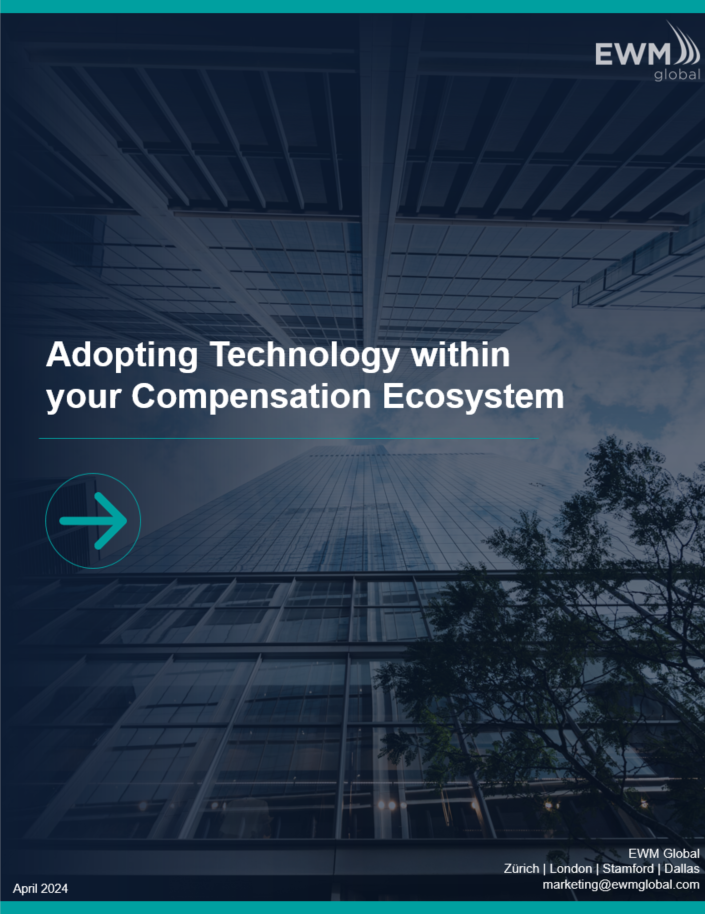How About Some Love for the GP?
Private equity firms are digitally transforming their operating environments at break-neck pace. From the front- to the middle- and onto the back office, technology has revolutionized the way that firms interact with their investors, portfolio companies and even the regulators. However, many firms are yet to take advantage of some of the most vital transformation opportunities. Surprisingly, these are opportunities which would directly benefit valued GP deal team members and employees. Employee/member incentive systems in place at most firms continue to resemble the pre-digitisation private equity industry where paper and email were the accepted methods of reporting.

Carried interest and GP commitment/co-investment plans are usually dealt with in-house, and typically revolve around nothing more sophisticated than a collection of Excel spreadsheets. In cases where third-parties such as fund administrators do lend assistance, systems still tend to be highly manual and spreadsheet dependent.
Why does that matter? A recent EY Global Private Equity report highlighted four key priorities for private equity CFOs: technology, talent, outsourcing and talent management. These in-house carried interest ‘systems’ are the polar opposite of what CFOs are saying, and telling us, their priorities are. And beyond that, these antiquated systems also carry significant risk.
Manual Processes and Key Person Risk
At EWM Global, we help our clients to digitise their GP incentives, such as carried interest and GP commitment, and make data transparent and readily available for GP deal team members and employees. Manual errors in spreadsheets are identified during most implementations: some tiny, some significant. Two to three seemingly simple spreadsheets soon balloon into 20 or 30 as investments are realised and new funds launched. These systems can be very risk-prone, messy and time-consuming from an administrative perspective.
The manual element of spreadsheets means that information can be incorrectly entered and modified, or irregularly updated which puts untold – and, we would argue, unfair – pressure on HR and finance to ‘get it right’. Beyond the human error risk, there is another human risk: often the complexity and lack of documentation means that only one or two individuals truly know how to operate their ‘system’. This is seemingly fine until that individual is promoted or leaves.
Churn on the member-side leads to additional complexity in terms of ensuring that forfeited carry points are properly reallocated. Points can easily be misallocated or orphaned, and these mistakes can multiply to the point where millions of dollars risk being misallocated or lost.
Changes in complicated regulation and taxation structures, both over time and between territories, add yet another dimension of complexity and risk to proceedings if all the calculations are sitting in a master (or dare we say it, monster) spreadsheet.
Again, we might ask, why does it matter? This is not just about making sure a firm’s systems are running smoothly. It is also about ensuring talent, in this case the GP deal team members and employees, know the true value of their package.
The Art of the Possible
Firms that do not start to look at this side of their operations could find themselves at a disadvantage compared to first-movers. Attracting and retaining the right talent is a crucial element to success in the world of private equity and getting remuneration systems right could lead to considerable upside. With competition for talent growing increasingly fierce, ensuring that carry systems are reliable and correctly administered provides both transparency and understanding of the value for the member.
Having a system that allows member and administrator to see, at-a-glance, an up-to-date snapshot of current status is becoming increasingly the norm. We have already seen the shift from requiring an annual update to quarterly and we anticipate that members will soon want to know where they stand at any given moment in time. This is what they expect in other areas of their life, from Facebook to Amazon, so why not from their firm?
Digitised platforms drive process automation and provide users with convenient access to information whenever needed. They can capture carry plan rules such as allocation and reallocation of carry, vesting, partner termination rules, valuation changes, and payout information in a transactional database, rather than offline through disconnected spreadsheets. A digital platform can work for your firm and the unique set up you have created, so that you can truly drive the system to ensure that all the detail previously stored in complex spreadsheets is captured and is readily accessible online. Not only does a system reduce the propensity for error, but it also provides a vital audit trail which, after years of movements and transactions, is virtually impossible without systematic management of the data.
What should firms look out for? Given the sensitive nature of the data, information security is key. Systems should be secured from unauthorised access by external parties through methods such as two-factor authentication and encryption. They should also support rigid separation of information within teams to prevent unauthorised access to other people’s data. Executive participants should have access to all of their carry and GP information, from LPAs and subscription agreements to vesting, valuations and historical data, and should be able to securely provide bank account details for future distributions and electronically sign documents online.
Share the Love
We hope that by embracing outsourced technology-driven solutions, forward-thinking GPs will be able to break free from spreadsheet limitations. Firms that have transitioned to a digitised platform are already successfully using them as part of talent acquisition, on-boarding and ongoing management, rewarding GP members and employees with information at their fingertips and transparency to foster trusting long-term relationships.
We expect that talent, tech and outsourcing will remain headline issues for private equity firms and think there is no better time to make sure that valued GP members and employees also feel the love!






